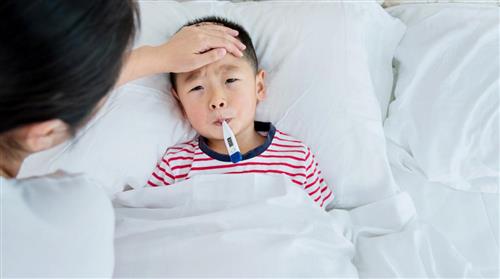Flu

It's Flu Season
Colds and influenza are the most contagious during the first 48 hours. A child who has a fever should remain at home until they are “fever free” for a minimum of 24 hours. Often when a child awakens with vague complaints (the way colds and flu begin), it is wise to observe your child at home for an hour or two before deciding whether or not to bring to school.
Definitely keep your child at home for treatment and observation if he or she has any of these
symptoms:
Fever‐greater than 100°F and your child should stay home until at least 24 hours after they no longer have a fever. This should be determined without the use of fever‐reducing medicines.
(any medicine that contains ibuprofen or acetaminophen).Vomiting (even once)
Diarrhea
Chills
General malaise or feelings of fatigue, discomfort, weakness or muscle aches
Frequent congested (wet) or croup cough
Lots of nasal congestion with frequent blowing of nose
To help prevent the flu and other colds, teach your children good hygiene habits:
Wash hands frequently
Do not touch eyes, nose or mouth- Cover mouth and nose when sneezing or coughing. Using a paper tissue, throw it away and then wash hands
Avoid close contact with people who are sick
Your child should be physically able to participate in all school activities upon returning to school. Keeping a sick child at home will help minimize the spread of infections and viruses in the classroom.
It is recommended everyone 6 months of age and older get a seasonal flu vaccine each year. You need this season’s influenza vaccine to protect against the influenza viruses most likely to circulate and cause illness this season.
To learn more about flu, see the CDC website here.
